HISTORY
French Military Bands Led to Start of Basque Klikas

To understand the origins of the Basque klika, one must know the history of French military music.
The Origins of Military Music
The association of music and war is a phenomenon that has experience throughout history. Hebrews and Egyptians, Greeks and Romans, Anglo-Saxons and Gauls, all used trumpets, flutes, harps, bells, and battle songs, to scare their enemy and to communicate fighting orders by various signals.
French Military Music during the Middle Ages and The Renaissance
As far as creating musical and rhythmic effects is concerned, French military music was used during the Renaissance, when in 1534 Francois the 1st decided to integrate in each infantry two drums and a fife.
The Organization and Launch of Military Music during the 17th and 18th Centuries
It was during the 17th and 18th centuries that French military music truly gained its popularity and much effort was made to organize groups. In the army, there were two main groups of instruments; fifes, oboes, and drums in the infantry, trumpets and drums in the calvary. The reason for this was that Louis the 14th tried to facilitate the mobility of troops by splitting up the various instruments. Trumpet fanfares develop songs for the kings as is evident in the song “the March of the Royal Guards.” The Royal Marine as well, add to their fleet musicians that travel on their battle vessels. During the 18th century, military music is used in all countries of Europe and in 1762 the French Guard is created, which is the first military orchestra made up of clarinets, oboes, horns, and bassoons, which differs from the “clique” or Klika that is primarily made up of signal instruments; trumpets, fifes and drums.
The French Revolution and military music
The French Revolution is a turning point for military music.
The music of this period is valued for its patriotic function. Such patriotic songs like “Le Chant de Départ” or “Le Chant de Guerre de l’armée du Rhin”, composed in 1792 by Rouget de Lisle, under the title of “Marseillaise”, will be adopted as the national anthem of the French Republic. L’Ecole de musique de la Garde, started in 1792 takes on the name of Conservatoire national of musique, and today has become the Conservatoire National Supérieur de Musique et du Danse de Paris (C.N.S.M.D.P.).
INSTRUMENTS
Clairon
A wind instrument made of brass, the clairon or bugle is typically French and a symbol of French military music. A traditional instrument of the infantry, it is used in a battery with or without drums for bugle calls as wells as in infantry brass bands and more recently in brass-drum corps. In its natural state (without pistons or keys), the clairon, in B-flat, can only play seven notes corresponding to the harmonics of the brass tubing. Invented in 1822 by the French musical instrument manufacturer Courtrois, it was officially adopted by French armies in 1831. The flugelhorn and the saxhorn are only improved versions of the original bugle. The clairon has a soft sound, less bright than the trompette de cavalerie.
Saxophone
From the family of wind instruments used since 1845 in military harmony orchestras as well as more recently in the battery brass bands and the “big band” army jazz bands. Of the seven models currently in existence only the alto, tenor, baritone, and bass saxophones are used in military music. Invented in 1840 by the French flutist Adolphe Sax (1814-1894), the saxophone was incorporated in the military musical group in France by decree one year before Sax himself had patented his invention.
Trompette de Cavalerie
A brass wind instrument with a brighter tone, borrows its design from the trumpets of antiquity. It was typically used in cavalry troops, hussar regiments, artillery and armored cavalry, in comparison to the clairon used in other armies. An orderly instrument, it is used in battery corps, associated with kettledrum-like drums for regulation songs, and trumpet brass bands. This instrument features no pistons or keys, tuned to the key of E-flat, it can only play a select few notes. The modern day three-valve trumpet used in orchestras is a descendant of the trompette de cavalerie.
Saxhorn
Mostly used in orchestras, the saxhorn is a brass instrument that comes in a variety of sizes from the small piston-featured bugle to the bass. The French flutist Adolphe Sax, inventor of the saxophone, created a multitude of versions including the bugle, tuba, and euphonium by varying the overall size and tubing while maintaining the exterior appearance.
INTERESTING FACTS
Aux Morts
The well-known song “Aux morts” is composed in 1931 by Pierre Dupont who was head of the Republican Musical Guard during 1927 and 1944. This song is played during official commemorative ceremonies, especially November 11th. It plays tribute to those who have lost their lives fighting for their country. It is followed by a minute of silence.
La Breloque
Named after a charm that is fixed to a bracelet or watch, “La Breloque” or berloque is a song that is played at the end of an event. Used to dismiss or disperse the soldiers in the army or marines, Klika members recognize this under the name of “Rompre les rangs” which literally means to break up the rows of troops.
March des Eclopés
La Marche des éclopés, also called La Boîteuse (the limping soldier) is a celebrated march composed by the order of Napoleon the 1st to help the wounded and injured marchers to march at a slower pace.
Women in Military Music
Today out of approximately 1,900 musicians, sixty of them are women. Women in the Orchestra of the Republican Guard play such instruments as a clarinet, harp, bassoon, trumpet, percussions, as well as violins.
Jericho
According to the Bible, the sound of seven trumpets brought down the walls of Jericho. To this day it is believed there existed an enormous trumpet that created sound waves with such force and amplitude that it was able to cause strong enough vibrations capable of cracking stone structures.
Rigaudon
In military music, the Rigodon is a song that is used to wake the soldiers in the countryside. Its name is derived from a lively provincial dance very popular during the 17th and 18th centuries.
Adolphe Sax
Well before jazz musicians adopted this celebrated instrument as their own its French inventor Adolphe Sax had seen it come into its own with the French Military as well as its brass counterpart, the baritone-like saxhorn.
La fête-Dieu
This religious festival ushers in the end of springtime. In a kaleidoscope of colors the whole village participates in the event. Drum and brass corps and armored soldiers make their way to the church in an orderly fashion.
SONGS
Garde-à-vous
Played to get the troops in order and at attention. Also used in civil ceremonies to commence activities.
Au drapeau
Used for the lowering and raising of colors or for medal ceremonies.
Aux Champs
Serves to give honor to the army generals (4 or 5 stars), admirals, as well as heads of state during their arrival or departure.
Le Réveil
The song for waking the troops usually played in the morning.
Le Rassemblement
Used to gather troops and to organize into rows.
Bakersfield Klika Formed
The Kern County Basque Club Klika was formed in 1975 by Henri Duhart and his brother-in-law Bernard Arduain. The 1975 picnic program also listed Jean Arrayet as co-captain and Klika organizer. Numbering slightly more than a dozen players the group quickly grew to 20 players.
The following is a partial list of the men that played among its ranks in the early days:
Jean Dalia, Jean Pierre Daramy, Henri Daramy, J.B. Veschembes, Jose Maritorena, Jean Arrayet, Bernard Arduain, Jean Louis Arduain, Rene Arduain, Arnaud Arduain, Marcel Etcheverry, Dominic Othart, Marcel Membrede, René St. Esteban, St. Martin Iribarren (THE BOSS-Nausea), Bernard Bidart, Sauveur Bidart, Amedee Irey, and Charles Moutrousteguy.
Charlot as he was known by most was an avid promoter of the klika. He purchased and donated the first seven claironak (bugles). They were imported from France as they were manufactured by the French musical instrument company Couesnon. His contribution to the group is felt to this day as many of the older players still play on those horns. Charlot, Benji, and Henri were instrumental in keeping the Klika tradition alive and for creating such beautiful music. The musicians of today are continuing a long tradition.

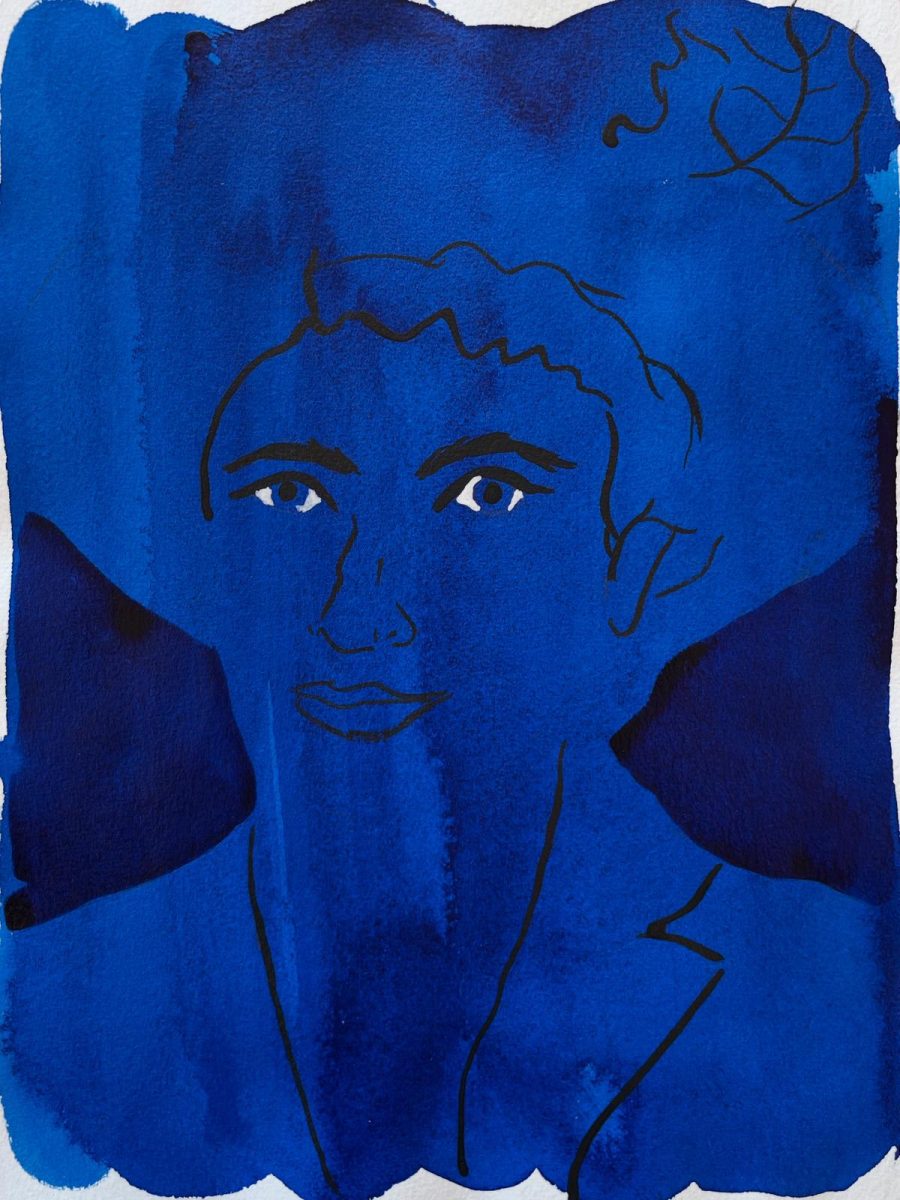
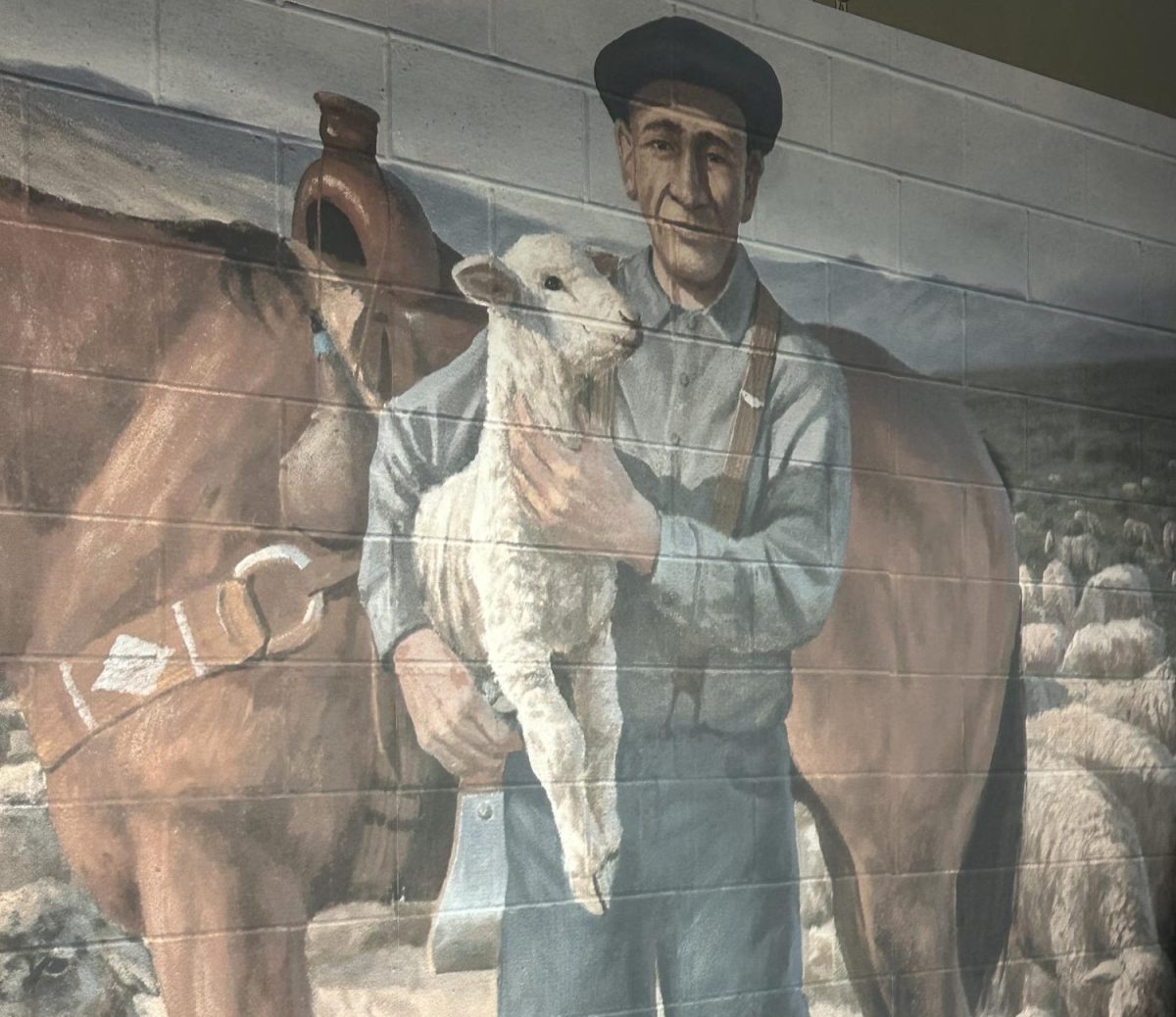
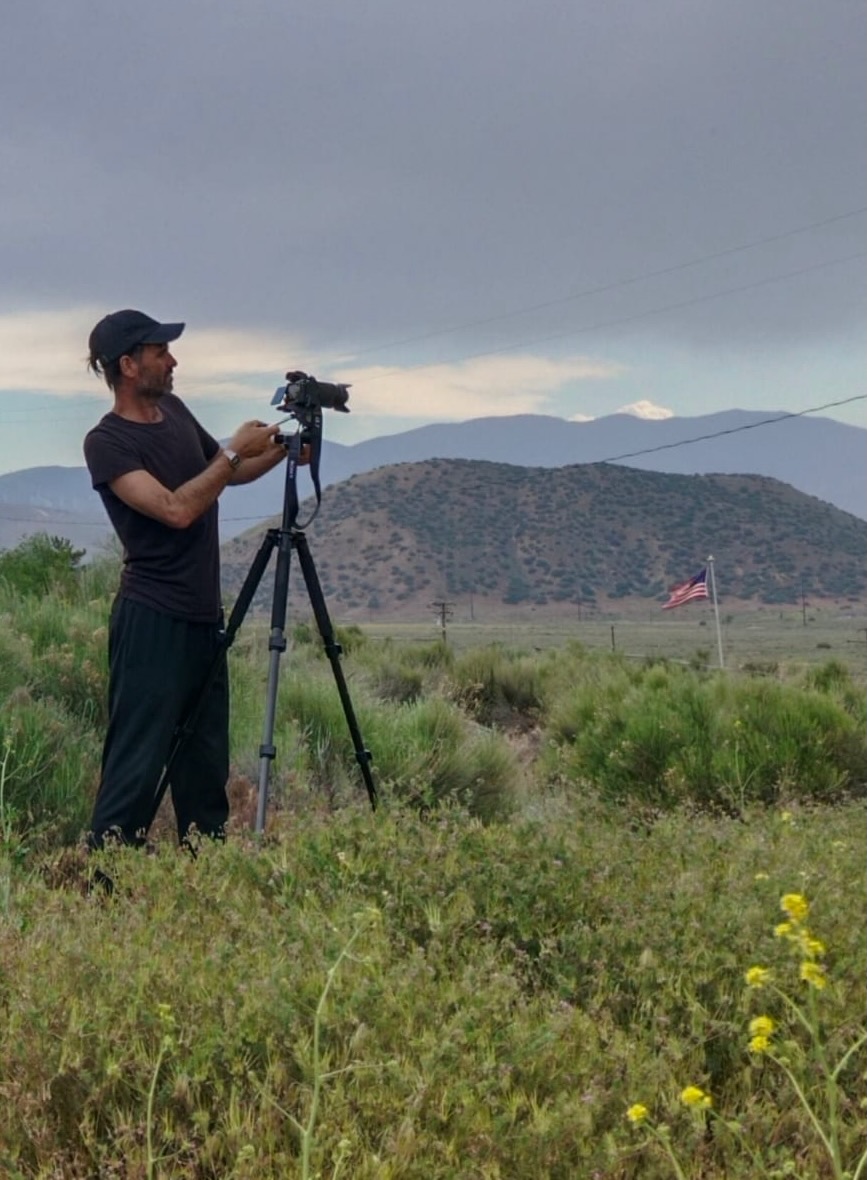
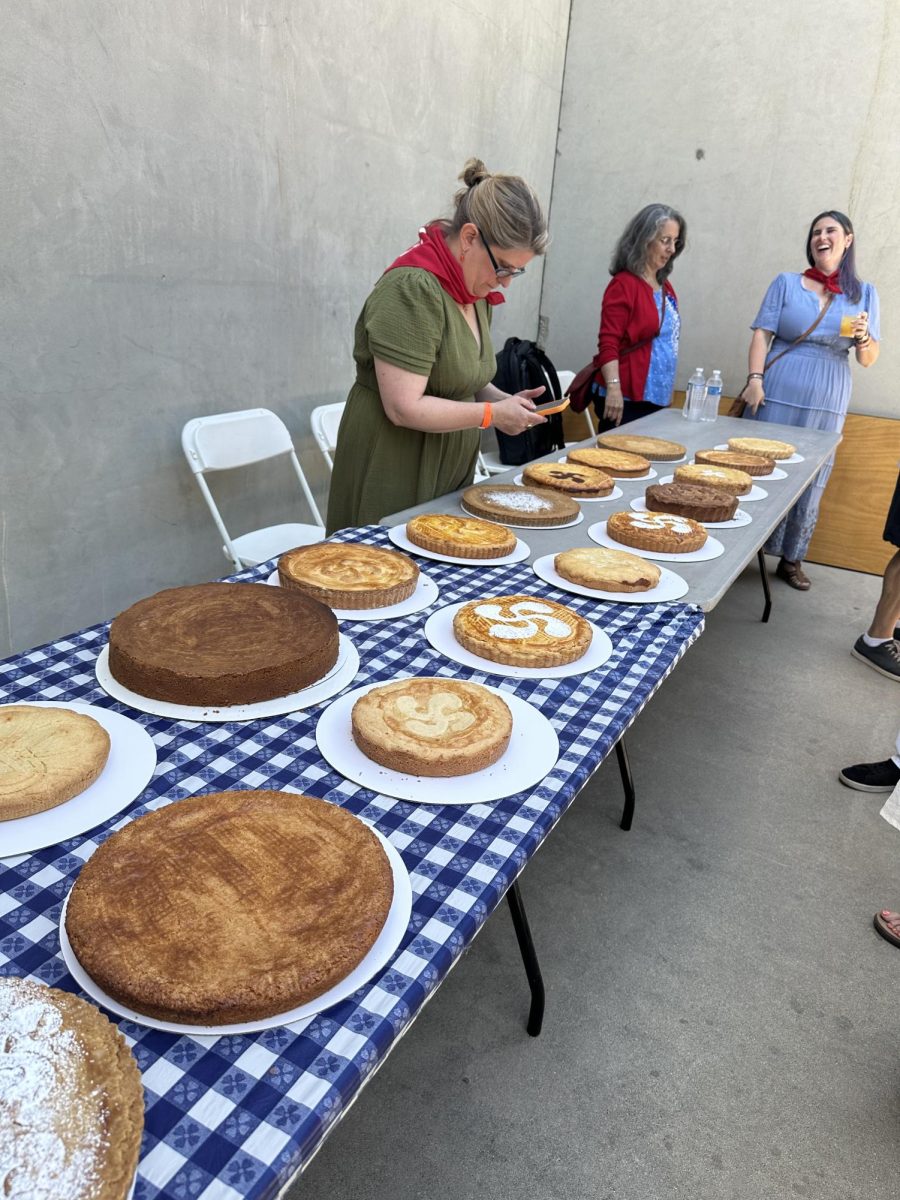

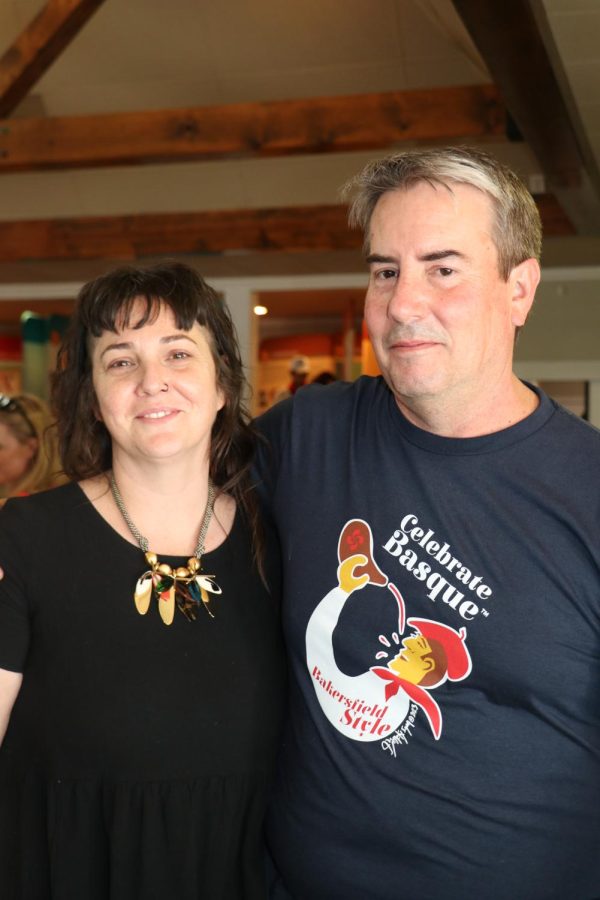


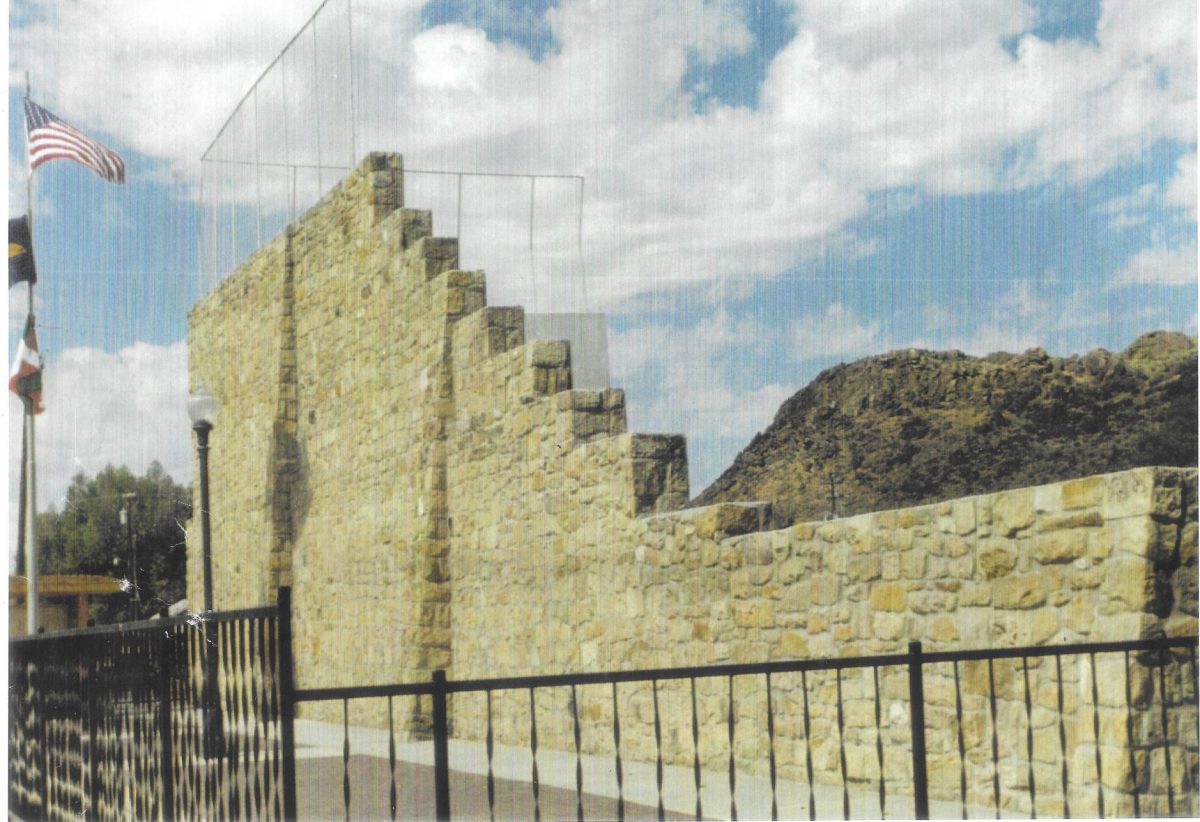
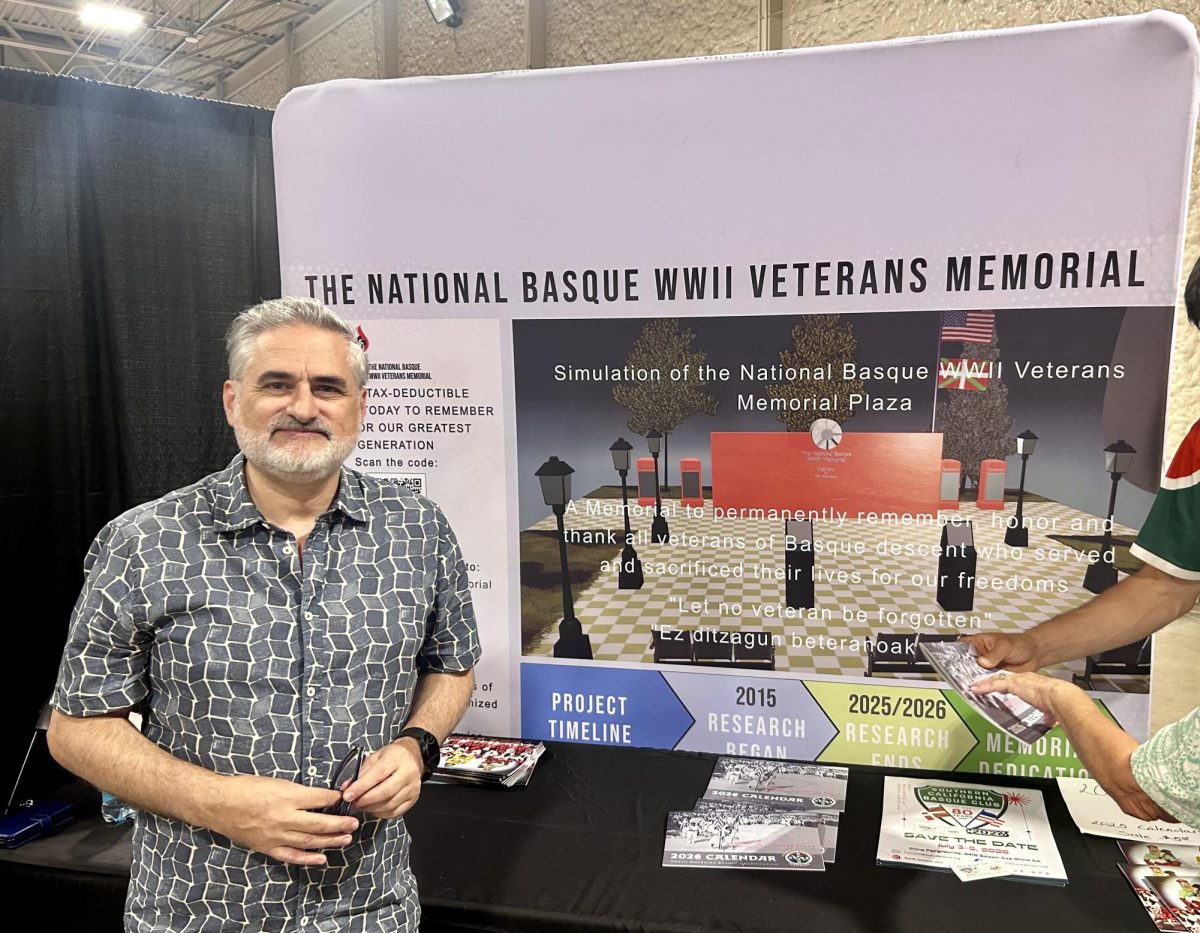
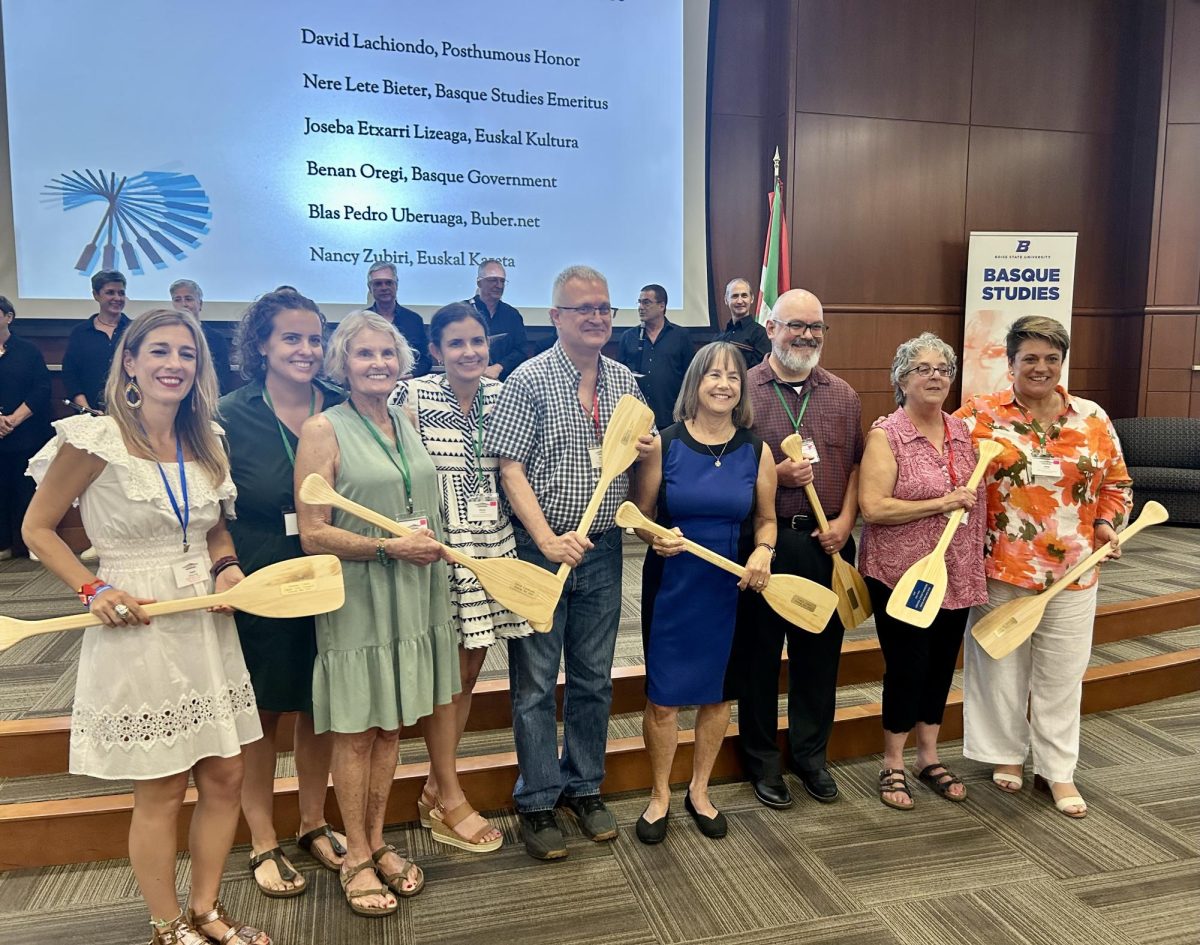
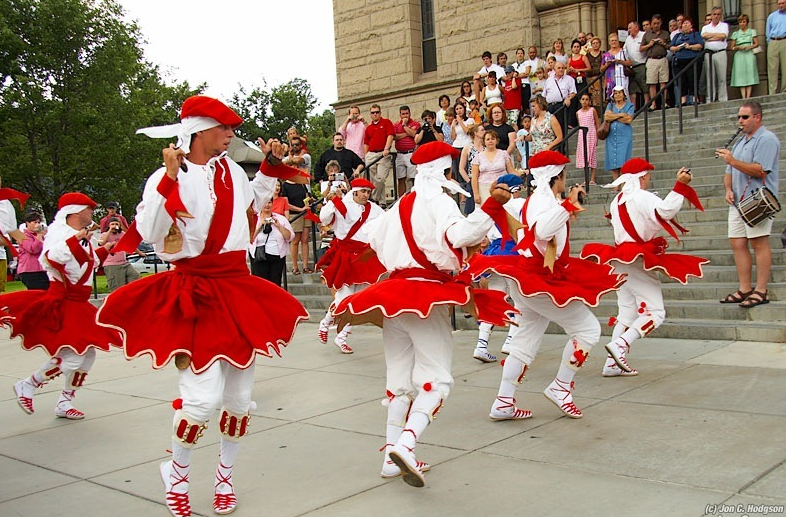
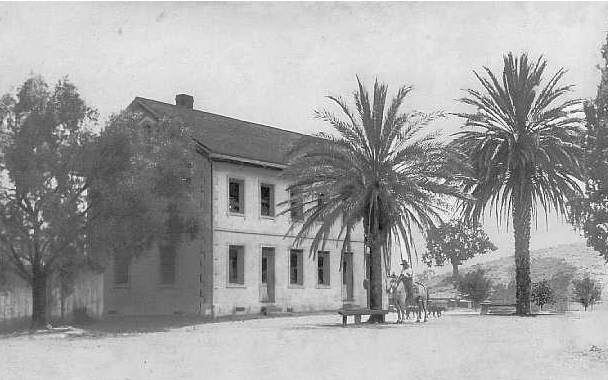
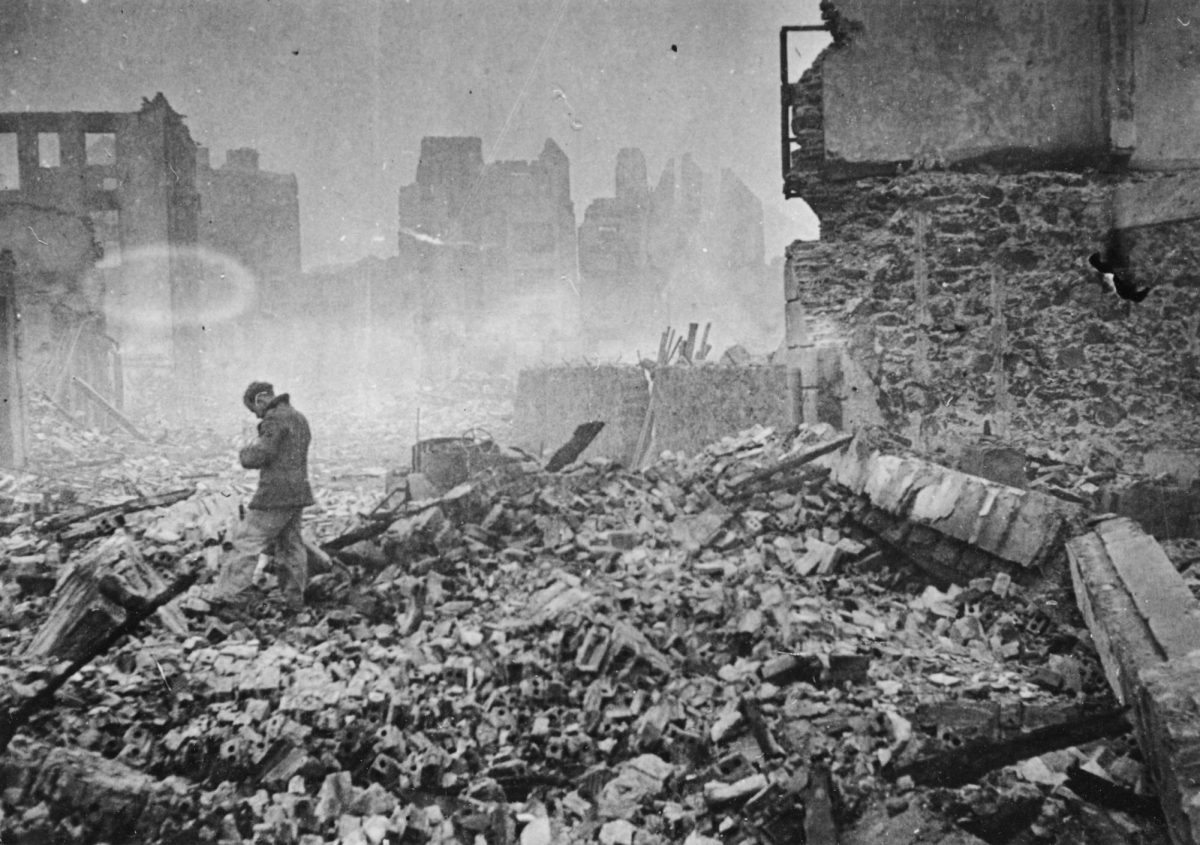
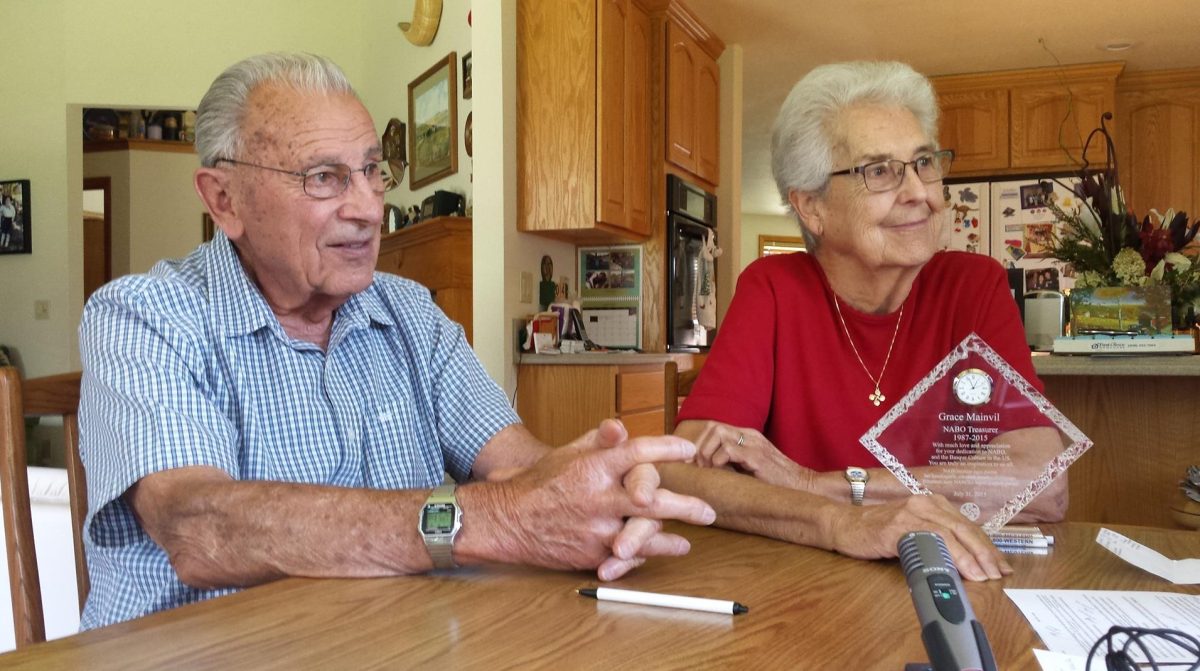
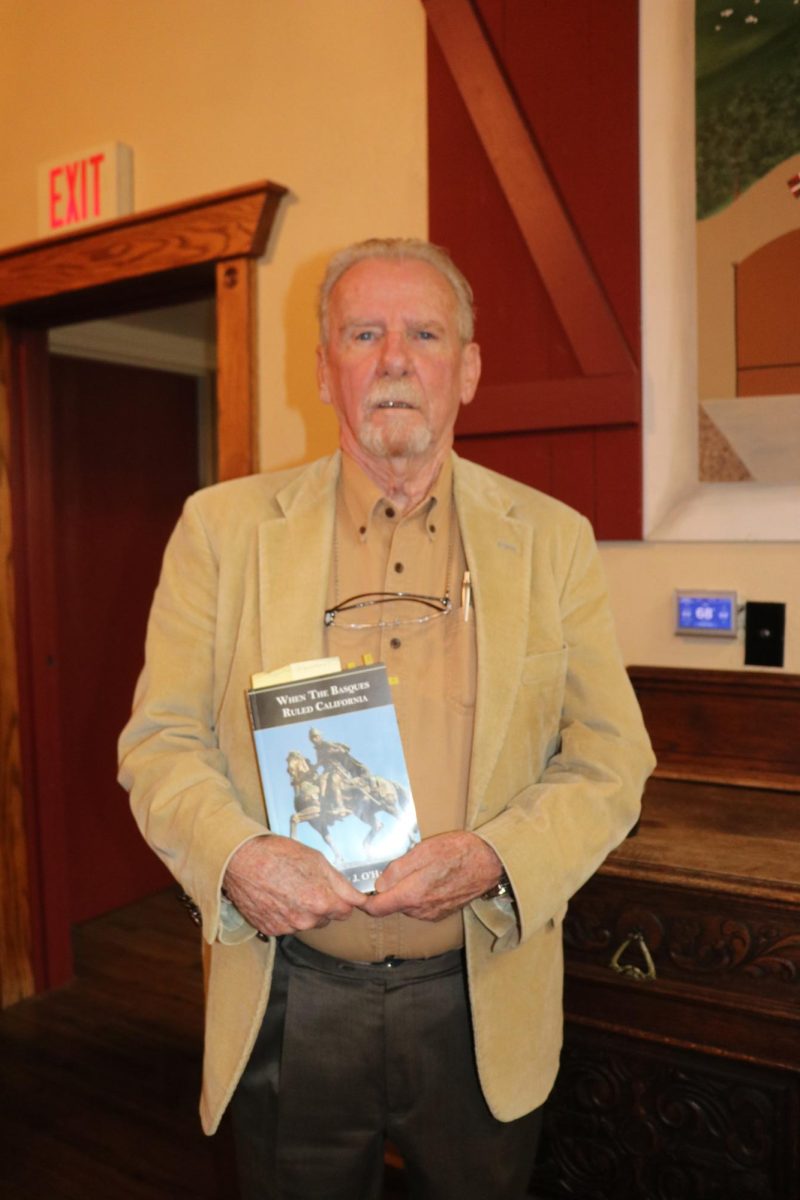

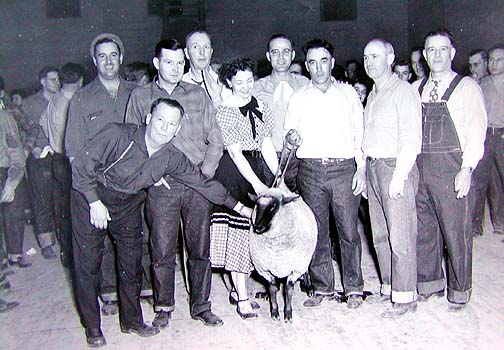
Native Basque • Jul 6, 2009 at 4:11 am
Your work is OK but our music is much more than the explained. We are not prehistoric people and like other towns we have developed with time. You have taken into account only the music from Ipar Euskal Herria (the French part). You haven´t take into account the contempory groups, their songs,…
Here you have an interesting link to discover some contemporary groups (there are only a few but it´s ok): http://www.euskalmusika.com/eu/taldeak.html
Good luck with your new page!